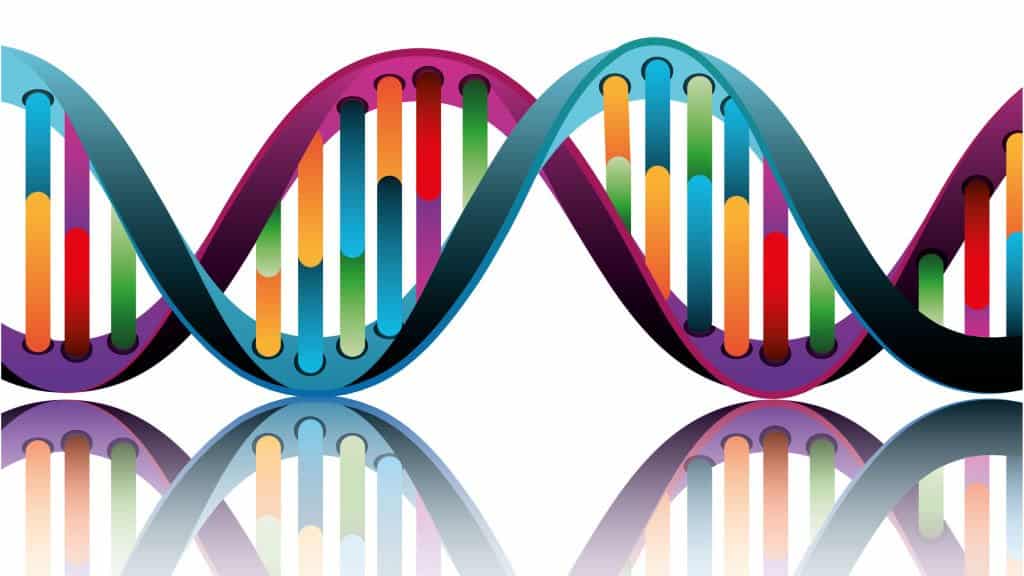Genes Are Operated By “Nano Soccer Balls” New Study Discovers
Nano soccer balls- made of a cluster of transcription factors that can slip between strands of DNA were found to be controlling gene promoter regions, switching them “on” or “off,” activating or repressing gene expression by researchers at the University of York.
Genes are made from DNA, the so-called molecule of life. Since the discovery that DNA has a double helix shape, made in the 1950s by pioneering biophysics researchers, much has been learned about transcription factors which can control whether a gene is switched on or off. If a gene is switched on, specialised molecular machinery in the cell reads off its genetic code and converts it into a single protein molecule. Thousands of different types of protein molecules can then be made, and when they interact that can drive the building of all of the remarkable structures found inside living cells.
Transcription factors are special chemicals that are found inside the cells and play a role in gene regulation such as controlling whether a gene is switched ‘off’ or ‘on’. Researchers placed tiny glowing probes on these transcription factors and gained a much better understanding of how genes
are regulated.Most importantly, the team found that transcription factors operate as a spherical football-like cluster of around 7 to 10 molecules measuring about 30 nanometers in diameter, and not as single molecules as was previously believed.
The discovery sheds light on fundamental ways in which genes function, and also provides insights on human health problems associated with cancer and other various genetic disorders.
Professor Mark Leake, Chair of Biological Physics at the University of York who led the work, said: “Our ability to see inside living cells, one molecule at a time, is simply breathtaking.”
“We had no idea that we would discover that transcription factors operated in this clustered way. The textbooks all suggested that single molecules were used to switch genes on and off, not these crazy nano footballs that we observed.”
The authors of the current study noted that in previous studies, simulations showed that intersegmental transfer between sections of nuclear DNA was essential for factors to find their binding sites within physiologically relevant timescales. They also cited single-molecule studies of p53 and TetR in human cancer cells that have also suggested a role for nonspecific (i.e., sequence independent) transcription factor searching along the DNA. These studies, however, left unanswered the question of how transcription factors find their targets in the genome so efficiently.
The team believes the cell adopts an ingenious strategy to enable transcription factors to reach their genes of interest as rapidly as possible, which ultimately results in the clustering process.
Professor Leake said: “We found out that the size of these nano footballs is a remarkably close match to the gaps between DNA when it is scrunched up inside a cell. As the DNA inside a nucleus is really squeezed in, you get little gaps between separate strands of DNA which are like the mesh in a fishing net. The size of this mesh is really close to the size of the nano footballs we see.”
“This means that nano footballs can roll along segments of DNA but then hop to another nearby segment. This allows the nano football to find the specific gene it controls much more quickly than if no nano hopping was possible. In other words, cells can respond as quickly as possible to signals from the outside, which is an enormous advantage in the fight for survival.”
The team further intends to delve deeper, and also look into more complicated types of cells than yeast—and ultimately into human cells.






























